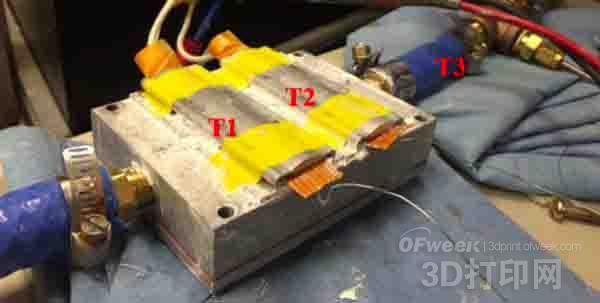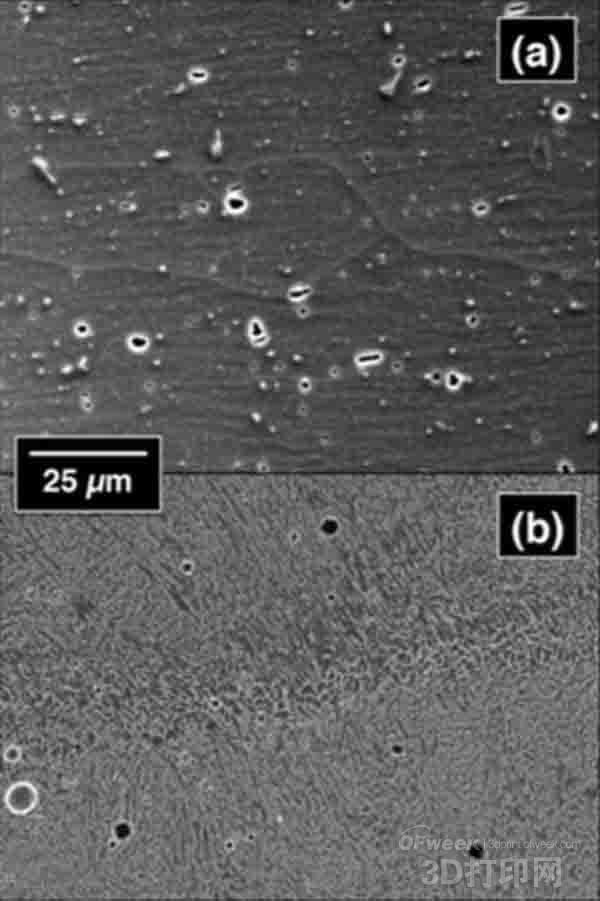Simple annealing process optimizes 3D printed heat sink
Recently, researchers at the Oak Ridge National Laboratory (ORNL) and the University of Tennessee in the United States have found that manufacturers can create performance and traditional manufacturing processes using a simple annealing process or by using a design algorithm. The same 3D printed heat sink.
As we all know, the heat sink is an important part of many electronic devices. Its function is to dissipate heat through heat exchange and reduce the temperature of the device so that it can function properly. Heat sinks are even more important for power or electronics because the energy density of power electronics is now growing. However, despite the recent advances in some aspects of these devices – such as higher switching frequencies and better thermal performance – the heat sink remains essentially unchanged due to manufacturing limitations. Current heat sinks are manufactured using traditional processes such as milling, drilling and casting, so less complex designs or multiple structures are rarely used as this increases the likelihood of breakage or leakage.

For some power or electronics manufacturers, additive manufacturing seems to provide an attractive solution for heat sink manufacturing: by using 3D printers , manufacturers can design and manufacture heat sinks with more complex internal structures. sheet. In addition, these heat sinks are easy to print in one-off 3D, reducing the need for assembly and the possibility of leaks. Unfortunately, although 3D printed heat sinks can be more complex in structure, they are often disappointing in terms of material properties: metal 3D printed alloys are constructed differently than conventional alloys, and these nuances in composition It often leads to undesirable thermal effects.
To this end, Tong Wu from the University of Tennessee and ORNL recently led a team of scientists to compare 3D printed and non-3D printed aluminum heat sinks. The research paper, "Thermal Response of Additive Manufactured Aluminum," was published by Tong Wu at the 3D PEIM International Symposium last month. From the beginning, Tong Wu and his team noticed the difference in the composition of the 3D printed alloy (A1_AM) and the conventional alloy (A1_6061) they chose. It is reported that these 3D printed metal powders are made by Linear Mold of Michigan, which contains 10% silicon and 0.5% magnesium, while conventional alloys contain less than 1% silicon and 1.5% magnesium.

Comparison of the microstructure of conventional alloy A1_6061 (a) and 3D printing alloy A1_AM (b)

Scientists have found through experiments that although the thermal properties of the two heat sinks are similar at high temperatures, the 3D printed heat sinks at a lower temperature (70 degrees Celsius) perform slightly worse because of the difference between the two alloys. The "chemical and microstructural differences" caused a 10% performance difference. However, Tong Wu and colleagues hope that a 3D printed heat sink will achieve similar and conventional manufacturing levels through a simple annealing process.
TV Stand, also known as TV cabinet. TV cabinets are mainly used to place TVs. With the improvement of people's living standards, electrical equipment matching TVs has appeared accordingly, resulting in the development of TV cabinets from single to diversified use, no longer a single use for placing TVs , but the collection and placement of TVs, set-top boxes, DVDs, audio equipment, discs and other products. More consideration is given to the use of display. TV cabinet is a type of furniture. It is also called audio-visual cabinet because people are not satisfied with placing TVs at will.
According to the structure, it can be divided into several types, such as base cabinet style, combination style and board frame style.
Cabinet style
The shape of the floor cabinet type TV cabinet is generally similar to that of the floor cabinet. It is also the most used and common TV cabinet in home life. The xxx advantage of the floor cabinet type TV cabinet is that it can play a very good decorative effect, whether it is Whether it is placed in the living room or in the bedroom, it will take up very little space to achieve the best decorative effect.
Combination style
The combined TV cabinet is a sublimation product of the traditional floor cabinet TV cabinet. It is also the most popular TV cabinet among consumers in recent years. The feature of the combined TV cabinet is the word combination. Decorative cabinets, floor cabinets and other household cabinets are combined to form a unique TV cabinet. When you put a set of TV cabinets composed of floor cabinets and wine cabinets in your living room, isn't it very eye-catching!
Shelf style
The characteristics of the panel TV cabinet are generally similar to the combined TV cabinet type TV cabinet, mainly because the material used is the design of the plate structure, which is more prominent in practicality and durability.
Modern TV Stand,Wooden TV Stand,TV Stand Furniture,TV Stand With Drawers,Modern TV Cabinet
Jinan Tri-Tiger Technology Development Co., Ltd , https://www.tritigerwooden.com